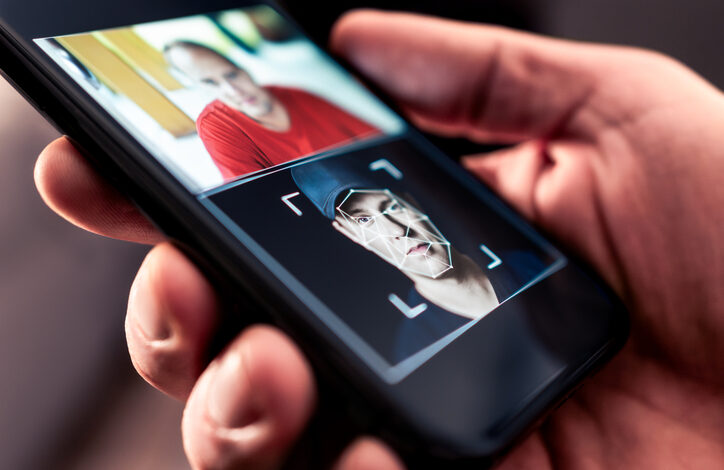
Biometric authentication has become a cornerstone of modern digital security. From unlocking devices to authorizing billion-dollar transactions in mobile banking, systems like Apple Face ID, Android Biometric APIs, and third-party voice and facial verification platforms are now ubiquitous. These methods are often marketed as unbreakable—until now.
In 2025, the same technology that powers innovation is being used against it. AI-generated deepfakes are rapidly evolving, creating new pathways for cybercriminals to exploit biometric authentication at scale. By faking a user’s face or voice—or by intercepting and manipulating biometric systems directly—threat actors can silently bypass protections and execute fraud on-device without needing credentials or user cooperation.
The New Deepfake Playbook: How AI is Breaking Biometric Trust
As generative AI tools become more accessible, even non-technical attackers can now launch convincing deepfake campaigns against mobile apps. What once required expensive equipment and expertise can now be done simply using open-source tools and minimal training. This democratization of AI attacks is rapidly eroding the security infrastructure behind biometric authentication, raising urgent questions for security teams, developers, and digital businesses alike.
Emerging biometric bypass techniques reveal the growing sophistication of adversarial AI, including:
- Face ID Interception: Attackers manipulate biometric API responses on-device to falsely signal successful authentication—even if the biometric scan fails.
- SDK-Based Deepfake Injection: Third-party biometrics are vulnerable when image or voice data is transmitted for cloud verification. Deepfakes that are inserted pre- or post-capture can fool liveness checks and pass verification undetected.
- Virtual Camera Substitution: Instead of a real-time camera feed, AI-generated video or avatars are fed into the system, effectively impersonating users during biometric checks.
- Voice Clone Attacks: “My voice is my password” has become a vulnerability for securing accounts, as synthetic speech powered by generative AI mimics vocal patterns with startling realism.
These attacks bypass traditional mobile defenses, enabling account takeovers (ATOs), fraud, and identity abuse at unprecedented speed and scale.
Rebuilding Biometric Trust: AI-Native Defense is the Only Option
To counteract AI-powered threats, the defense must also be AI-native. Modern defenses can’t just patch vulnerabilities—it must rethink protecting mobile biometric and multifactor authentication from the inside out. This is not about replacing current biometric and multifactor authentication services, rather it’s about defending their operation and blocking any interception or intrusion.
AI-Native defenses are autonomous cybersecurity systems built entirely on AI/LLM platforms that detect, adapt, and stop threats in real time—without relying on human input, cloud analysis, or static rules.
Modern AI-native solutions work entirely on-device and within the mobile app at runtime, eliminating the exposure window where attacks traditionally occur. It monitors for deepfake injection, biometric bypass attempts, and tampering across Android and iOS apps—shutting down threats before they reach backend systems. With in-app, on-device malware detection, stream substitution prevention, and real-time response to signal manipulation, mobile businesses ensure the integrity of their authentication process. This approach gives mobile developers live telemetry on biometric authentication threat behaviors and attacks, enabling adaptive fraud prevention and more informed risk scoring in KYC and ATO prevention workflows.
Why This Matters Now
The global mobile economy depends on trust—trust that biometric authentication represents the real user. But in the age of AI, that trust is under attack. Deepfakes blur the line between real and fake in ways even the human eye and ear cannot detect, and most existing defenses are simply too slow or too static to respond.
Organizations that rely on traditional biometric authentication must rethink their defenses, and fast. Strengthening existing biometric workflows with AI-native, in-app protections is no longer optional—it’s a necessity.
Final Thought: AI is the Problem—and the Solution
This new era of deepfake-driven fraud is a reminder that AI cuts both ways. But if businesses embrace AI-native security designed to match the speed and creativity of AI-powered threats, they can preserve trust in biometrics—and keep billions of mobile users safe.





